Willemstad is like a bit of the Netherlands brought to the tropics. Pastel-colored Dutch-colonial buildings with gabled roofs line many of the streets. You might, for just a moment, think you are in Amsterdam, until you notice the palm and divi divi trees growing on the sidewalks and in little courtyards.
This Caribbean port really lends itself to a walking tour. Within a very small area you can see a floating food market, a restored fort from the 17th century and a lot of statues and monuments.
Although this city of 140,000 people is often called "cosmopolitan," that seemed like a stretch. Quaint is a much better word to describe this multi-cultural community that lies just off the coast of South America.
As with the rest of the Caribbean, there is a distinct West Indian culture, with little hints of its European roots. Its main charms lie in its distinctive architecture and compact size.
Flickr photo by cphoffman42


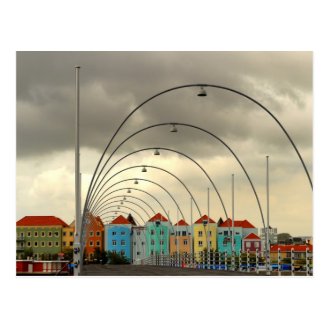
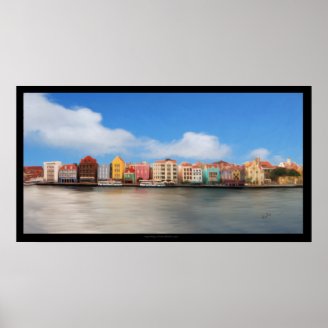
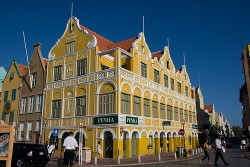

 Honest Affiliate Marketing Programs for Beginnerson 09/07/2015
Honest Affiliate Marketing Programs for Beginnerson 09/07/2015
 Great Pug Neckties for Menon 02/12/2015
Great Pug Neckties for Menon 02/12/2015
 Saint Francis Dog Tagson 02/09/2015
Saint Francis Dog Tagson 02/09/2015
 Dog Mailbox Coverson 02/07/2015
Dog Mailbox Coverson 02/07/2015
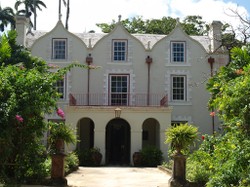
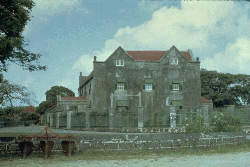
Have You Ever Been to Curacao?
Hi Mira, that's what we were told, so we didn't want to take the chance. My husband, years ago, had one sip of a Margarita in Mexico and suffered greatly. It was the ice in the drink that nailed him.
I didn't even know it was an island! Only knew about the drink. I don't go to bars much :). The houses look Dutch, indeed. I enjoyed your article. Didn't think eating local fruit and vegetables would pose a health threat, though. One of my friends loves Thailand and they live on street food there. Never had any problems. I was surprised at first, given what you say, that we're not used to their germs, but then took that to be the norm. Now I'm surprised again :D